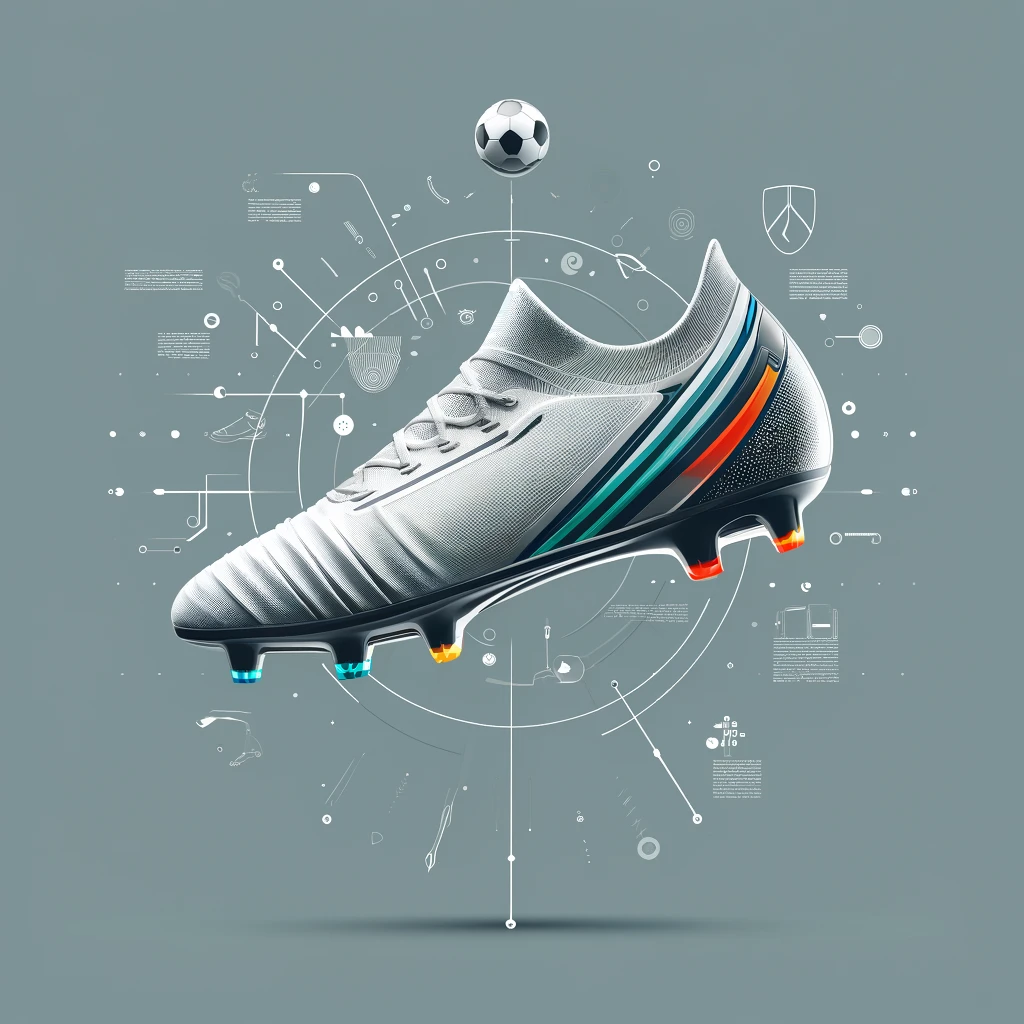Choosing the right soccer shoes is crucial for performance and comfort on the field. As technology advances, so do the features and designs of soccer cleats, which can significantly impact a player’s game. This guide will help you understand modern cleat technology and its benefits.
Introduction
Soccer shoes, commonly known as cleats, have evolved significantly over the years with advancements in technology and design. Today’s cleats are more than just footwear; they are high-performance equipment that can enhance speed, agility, and ball control.
The Evolution of Cleat Technology
Materials and Design
- Lightweight Materials: Modern cleats use synthetic materials that are lightweight yet durable. These materials offer excellent support and comfort without adding extra weight, allowing for quicker movements and less fatigue.
- Dynamic Fit Collars: These provide a sock-like fit that secures the ankle and improves both comfort and stability.
Cleat Configurations
- Varied Stud Patterns: The arrangement and shape of the studs can vary dramatically between different models and are designed to optimize traction and stability on specific types of playing surfaces.
- Bladed vs. Conical Studs: Bladed studs are ideal for quick acceleration and direction changes, while conical studs are better for stability and comfort during play.
Performance Enhancements
- Touch and Control: Some cleats feature textured surfaces to enhance ball touch and control at high speeds.
- Energy Return: Technologies like Adidas’ Boost or Nike’s Zoom are designed to absorb impact and convert it into energy for more dynamic movements.
How Cleat Technology Affects Performance
Enhanced Fit and Comfort
- Tailored Fit: Many brands offer cleats that mold to the player’s foot, providing a custom fit that enhances comfort and reduces the risk of blisters and other injuries.
- Breathability: Advanced materials improve air circulation, keeping the feet cool and dry during intense play.
Improved Traction and Mobility
- Adaptive Traction: Technologies like Nike’s Adaptive Traction Technology adjust stud length based on turf conditions, providing optimal grip in various playing environments.
- Rotational Traction: Specialized sole patterns allow for quicker pivots and turns, reducing the risk of injury.
Choosing the Right Cleats
- Consider Your Playing Surface: Grass, artificial turf, and indoor surfaces require different types of cleats.
- Understand Your Playing Style: Consider whether speed, agility, or control is a crucial aspect of your role on the field.
- Try Them On: Always try on multiple pairs to find the one that feels the most comfortable and suits your needs.
Frequently Asked Questions (FAQs)
What is the best cleat technology for playing on soft ground?
For soft ground, cleats with longer, adjustable studs are ideal as they provide better traction on slippery or muddy surfaces. Technologies that allow for stud customization based on ground conditions are particularly useful.
How does cleat technology help prevent injuries?
Modern cleat technologies, such as enhanced ankle support from dynamic fit collars and improved traction systems, help reduce the risk of injuries by providing better stability and reducing undue stress on joints during quick changes of direction.
Can the right cleat technology improve my speed?
Yes, certain cleat technologies are designed to enhance speed. Lightweight materials and aerodynamic designs minimize resistance and weight, allowing for faster sprints. Additionally, sole technologies that optimize energy return can boost your acceleration.
How often should I replace my soccer cleats?
The lifespan of soccer cleats depends on how often you play and the quality of the cleats. Generally, it’s recommended to replace them every season or after about 75 hours of active gameplay, as the cleats’ technology may wear down, reducing their effectiveness.
Are expensive cleats always better?
Not necessarily. While higher-priced cleats often feature advanced technologies and materials, the best cleat for you depends on your specific needs, playing style, and comfort. Sometimes mid-range priced cleats can offer the best balance between cost and performance.
How do I care for my soccer cleats to maximize their lifespan?
To maximize the lifespan of your soccer cleats, clean them after each use to remove dirt and debris, let them air dry away from direct heat, and store them in a cool, dry place. Additionally, using them only on appropriate playing surfaces will prevent premature wear.
What’s the difference between soccer cleats for men and women?
While the basic technologies are the same, women’s soccer cleats are often designed with a narrower fit and different aesthetic options. However, the choice between men’s and women’s cleats should primarily be based on which model fits your foot shape and size best.
Conclusion
Understanding the technology behind modern soccer shoes can greatly influence your performance on the field. By choosing the right pair of cleats, you can take advantage of the latest innovations to match your play style and improve your game.
Check our blog for more interesting articles!
